Home>Garden Essentials>How Long To Grow Blueberries From Seed
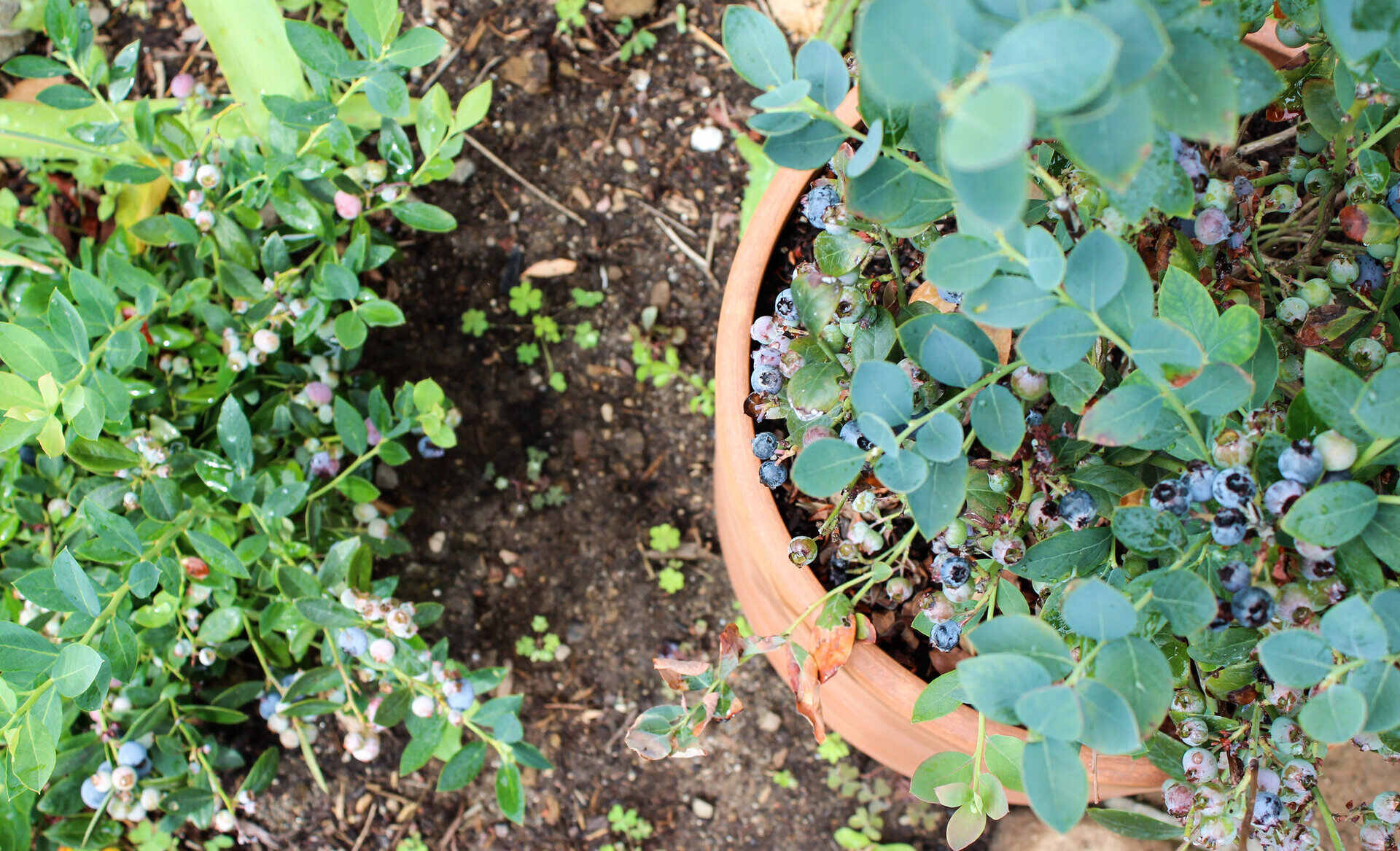

Garden Essentials
How Long To Grow Blueberries From Seed
Modified: April 22, 2024
Discover how long it takes to grow blueberries from seed in your garden. Get expert tips and advice to cultivate delicious, homegrown berries.
(Many of the links in this article redirect to a specific reviewed product. Your purchase of these products through affiliate links helps to generate commission for Storables.com, at no extra cost. Learn more)
Introduction
Gardening enthusiasts often find joy in growing plants from seeds, and blueberries are no exception. While most commercially available blueberry plants are grown from cuttings or purchased as potted plants, growing blueberries from seed can be a rewarding and cost-effective way to add these delicious berries to your garden. In this article, we will explore the process of growing blueberries from seed and the factors that affect their germination and growth.
There are several benefits to growing blueberries from seed. Firstly, it allows you to have a wider variety of blueberry cultivars to choose from. While certain popular blueberry varieties may be available in nurseries, growing from seed allows you to experiment with different varieties and discover unique flavors and characteristics.
Another advantage of growing blueberries from seed is the cost-effectiveness. Purchasing fully grown blueberry plants can be expensive, especially if you are looking to establish a larger patch. By growing from seed, you can save money and have a higher yield of blueberry plants in the long run.
However, it is important to note that growing blueberries from seed requires a bit more patience and effort compared to other methods of propagation. Blueberry seeds have a natural dormancy period, meaning they need specific conditions to break this dormancy and germinate. Additionally, blueberry plants grown from seed may take longer to mature and produce fruit compared to those grown from cuttings.
Now that we understand the benefits and considerations of growing blueberries from seed, let’s delve into the factors that affect blueberry seed germination.
Key Takeaways:
- Growing blueberries from seed offers a wide variety of flavors and cultivars, cost-effectiveness, and a rewarding gardening experience. Patience and proper care lead to delicious homegrown blueberries.
- Blueberry seed germination requires specific conditions like cold stratification, moisture, light, and soil pH. Choosing fresh seeds and providing proper care lead to successful blueberry plant growth.
Read more: How To Grow Blueberries From Seeds
Benefits of Growing Blueberries from Seed
Growing blueberries from seed offers a range of benefits that make it an attractive option for gardeners. Here are some of the key advantages:
- Greater Variety: When you grow blueberries from seed, you have access to a wider variety of cultivars. While nurseries often carry a limited selection of blueberry plants, growing from seed opens up a world of possibilities. You can choose from an array of different flavors, berry sizes, and plant characteristics to find the perfect blueberry for your garden.
- Cost-Effectiveness: Purchasing mature blueberry plants can be costly, especially if you’re looking to establish a larger patch or multiple plants. Growing blueberries from seed is a more cost-effective option. You can start with a few seeds and gradually expand your blueberry patch over time without breaking the bank.
- Increased Yield and Sustainability: When you grow blueberries from seed, you have the opportunity to propagate multiple plants. This can significantly increase your yield and allow you to have a more bountiful harvest. Additionally, growing from seed promotes sustainability by reducing the need to rely on commercially propagated plants.
- Personal Satisfaction: Growing plants from seed is a deeply rewarding experience. Watching your blueberry seeds sprout, grow into seedlings, and eventually mature into fruit-bearing plants provides a sense of accomplishment and fulfillment. It allows you to connect more intimately with the growth process and develop a deeper appreciation for nature’s wonders.
- Learning Experience: Growing blueberries from seed provides a valuable learning opportunity. You can observe the entire lifecycle of the blueberry plant, from germination to fruit production. This hands-on experience allows you to understand the unique needs and challenges of blueberries, which can help you become a more knowledgeable and successful gardener.
While there are some challenges and considerations when growing blueberries from seed, the benefits outweigh the efforts involved. From exploring a wider variety of blueberry cultivars to enjoying a more sustainable and cost-effective gardening experience, growing blueberries from seed can be an enriching and fruitful endeavor.
Factors Affecting Blueberry Seed Germination
Germinating blueberry seeds can be a bit more challenging compared to other types of seeds. Blueberries have specific requirements and factors that influence their germination success. Here are some of the key factors to consider when germinating blueberry seeds:
- Seed Stratification: Blueberry seeds have a natural dormancy period and require stratification to break this dormancy. Stratification is the process of exposing seeds to prolonged cold temperatures to stimulate germination. Blueberry seeds typically require around 90-120 days of cold stratification before they are ready to germinate.
- Moisture and Temperature: Optimal moisture and temperature conditions are crucial for blueberry seed germination. The ideal temperature range for germination is between 70-85°F (21-29°C). It is important to maintain consistent moisture levels during the germination period. However, avoid overwatering as it can lead to rotting of the seed or seedling.
- Light Exposure: Blueberry seeds require light for proper germination. Unlike some other seeds that prefer darkness, blueberry seeds need exposure to light to initiate the germination process. Ensure that the seeds are not covered with too much soil and receive adequate light for successful germination.
- Seed Quality: The quality of the blueberry seeds plays a significant role in germination success. It is recommended to obtain seeds from a reputable supplier to ensure their viability. Fresh seeds have a higher chance of germination compared to older or degraded seeds.
- Soil pH and Texture: Blueberries prefer acidic soil with a pH range of 4.0-5.0. Soil pH affects the availability of nutrients for the seedlings’ growth. Additionally, well-draining soil with a good texture is essential for optimal root development and overall plant health.
Considering these factors and providing the appropriate conditions will greatly enhance the germination success of blueberry seeds. It is important to be patient and understand that blueberry seeds may take longer to germinate compared to other garden seeds. By providing the necessary stratification, maintaining proper moisture and temperature levels, ensuring light exposure, and using quality soil, you can increase your chances of successfully germinating blueberry seeds.
Choosing and Preparing Blueberry Seeds
Choosing and preparing the right blueberry seeds is an important step in successfully growing blueberries from seed. Here are some tips to help you select and prepare your blueberry seeds:
- Choosing Fresh Seeds: To increase the chances of successful germination, it is advisable to choose fresh blueberry seeds. Fresh seeds have a higher viability and are more likely to germinate compared to older or degraded seeds. Look for suppliers that offer recently harvested seeds or consider collecting seeds from ripe blueberries from your garden.
- Seed Extraction: Once you have obtained fresh blueberries, you can extract the seeds from the fruit. Gently squeeze the blueberries to release the small seeds. Rinse the seeds under running water to remove any remaining fruit pulp and debris. Be careful not to damage or crush the delicate seeds during the extraction process.
- Seed Cleaning: After extracting the seeds, it is important to clean them to ensure that only viable seeds are used. Fill a small bowl with warm water and place the extracted blueberry seeds in the water. Gently swirl the seeds around to remove any remaining pulp or residue. Viable seeds will sink to the bottom, while any floating or damaged seeds can be discarded.
- Seed Drying: Once the seeds have been cleaned, they need to be dried before the stratification process. Place the clean seeds on a paper towel or a dry, clean surface and allow them to air dry. It is essential to ensure that the seeds are completely dry to prevent mold or rot during stratification.
- Stratification: Blueberry seeds require stratification to break their natural dormancy. To stratify the seeds, place them in a plastic bag or airtight container with a moistened seed-starting mix or damp paper towel. Make sure that the medium is damp but not wet. Seal the bag or container and place it in the refrigerator for approximately 90-120 days. This cold stratification process mimics winter conditions and prepares the seeds for germination.
By carefully choosing and preparing your blueberry seeds, you improve the chances of successful germination and the development of healthy seedlings. Remember to handle the seeds with care during extraction and cleaning, ensure thorough drying before stratification, and follow the recommended cold stratification period. With properly prepared blueberry seeds, you are on your way to growing your own delicious and rewarding blueberry plants.
Growing Blueberries from Seed Step by Step
Growing blueberries from seed can be an exciting and fulfilling experience. While it requires patience and attention to detail, following these step-by-step instructions will help you successfully grow blueberries from seed:
- Seed Stratification: Start by stratifying your blueberry seeds. Place the dried seeds in an airtight bag or container with a dampened seed-starting mix or a moist paper towel. Seal the bag or container and refrigerate it for approximately 90-120 days. This cold stratification process simulates winter conditions and prepares the seeds for germination.
- Prepping the Growing Containers: As you approach the end of the stratification period, prepare your growing containers. Fill seed trays or pots with a well-draining potting mix that is suitable for acid-loving plants. Ensure that the containers have drainage holes to prevent waterlogging.
- Sowing the Seeds: Remove the blueberry seeds from the stratification container and gently press them into the moist potting mix. Sow the seeds at a depth of approximately ¼ inch, spacing them evenly apart to allow room for growth. Lightly cover the seeds with a thin layer of potting mix.
- Maintaining Proper Conditions: Place the seed trays or pots in a warm location with temperatures between 70-85°F (21-29°C). Ensure that the soil remains consistently moist but not soaking wet. You can cover the containers with a plastic dome or plastic wrap to create a greenhouse-like environment and retain moisture.
- Germination: Be patient and wait for the blueberry seeds to germinate. Germination can take anywhere from 2 to 8 weeks, depending on the variety and conditions. Keep a close eye on the seedlings as they emerge and make sure they receive adequate light to support their growth.
- Thinning and Transplanting: Once the seedlings have grown to a height of approximately 2-3 inches and have developed their first set of true leaves, it’s time to thin them out. Choose the strongest and healthiest seedlings and carefully remove the weaker ones to give the remaining plants enough space to grow. Transplant the selected seedlings into larger pots or containers.
- Care and Maintenance: Provide proper care and maintenance to your blueberry seedlings. Place them in a sunny location where they receive at least 6-8 hours of sunlight daily. Water the plants regularly, keeping the soil consistently moist but not waterlogged. Fertilize the seedlings with a balanced, acidic fertilizer every 4-6 weeks to promote healthy growth.
- Transplanting into the Garden: After the risk of frost has passed and the seedlings have matured and developed a sturdy root system, they can be transplanted into the garden. Choose a sunny location with well-draining acidic soil. Dig a hole wide and deep enough to accommodate the root ball of the seedling. Gently place the seedling into the hole, backfill with soil, and water thoroughly.
With careful attention to each step, you can successfully grow blueberries from seed. Remember to maintain proper conditions, be patient during germination, thin and transplant the seedlings when appropriate, and provide ongoing care and maintenance. Before you know it, you’ll be harvesting your own delicious homegrown blueberries.
It can take 3-4 years for blueberry plants to grow from seed to produce fruit. To speed up the process, consider starting with a young blueberry plant instead of seeds.
Read more: How To Grow Blueberries From Seed
Best Practices for Caring for Blueberry Seedlings
Proper care is essential for the healthy growth and development of blueberry seedlings. Following these best practices will help you provide optimal conditions and ensure the success of your blueberry plants:
- Sunlight: Blueberries require full sun to thrive. Choose a location for your seedlings where they will receive at least 6-8 hours of direct sunlight each day. This will promote strong growth and help the plants produce an abundant harvest.
- Watering: Blueberry seedlings need consistent moisture to establish healthy root systems. Water them regularly, especially during dry spells or in hot climates. Aim to keep the soil consistently moist but not waterlogged to avoid root rot. Mulching around the plants can help retain moisture and suppress weed growth.
- Fertilization: Blueberries are acid-loving plants and require specific nutrients for optimal growth. Fertilize the seedlings with an acidic fertilizer formulated for blueberries or use a slow-release fertilizer that is suitable for acid-loving plants. Follow the recommended dosage and frequency provided by the manufacturer to prevent overfertilization.
- Pruning: As your blueberry seedlings grow, periodically prune them to shape their growth and improve airflow and light penetration. Remove any dead, damaged, or diseased branches. Pruning will also help promote branching and a bushier growth habit, leading to better fruit production in the future.
- Pest and Disease Control: Blueberry plants can be susceptible to various pests and diseases. Stay vigilant and monitor your seedlings regularly for any signs of insect infestation or disease. Take appropriate measures to control pests, such as using organic insecticides or introducing beneficial insects. Practice proper sanitation and remove any infected or damaged plant material to prevent the spread of disease.
- Winter Protection: Blueberries are hardy plants, but young seedlings may require some winter protection, especially in colder climates. Apply a layer of mulch around the base of the plants to insulate the roots and protect them from freezing temperatures. Avoid piling the mulch directly against the stems to prevent rotting.
- Monitoring Soil pH: Blueberries thrive in acidic soil with a pH range of 4.0-5.0. Regularly monitor the soil pH around your seedlings to ensure it remains within the ideal range. If necessary, adjust the pH using soil amendments specifically formulated for acid-loving plants.
- Companion Planting: Consider companion planting with other plants that complement blueberries. For example, planting low-growing flowers or herbs around your blueberry seedlings can help attract beneficial insects and provide natural pest control.
By following these best practices, you can provide the optimal care and conditions for your blueberry seedlings. Remember to provide adequate sunlight, regular watering, proper fertilization, and pest and disease control. Prune and shape the plants as needed, protect them during winter, and monitor the soil pH. These practices will help your blueberry seedlings thrive and set the stage for healthy growth and abundant fruit production in the future.
Transplanting Blueberry Seedlings into the Garden
Transplanting your blueberry seedlings from their pots or containers into the garden is an exciting step in their journey towards maturity and fruit production. Here are some key steps to ensure a successful transplanting process:
- Choose the Right Location: Select a suitable location for your blueberry seedlings in the garden. Blueberries thrive in acidic soil with a pH range of 4.0-5.0. Look for a spot that receives full sun or partial shade. Ensure the soil is well-draining to prevent waterlogging, as blueberries are susceptible to root rot in overly moist conditions.
- Prepare the Soil: Prior to transplanting, prepare the soil by incorporating organic matter such as well-aged compost or peat moss. This will improve soil fertility, drainage, and nutrient retention. Adjust the soil pH as necessary to ensure it falls within the optimal range for blueberries.
- Dig Proper Planting Holes: Dig holes that are wider and deeper than the root ball of your blueberry seedlings. This will give the roots ample space to spread out and establish themselves in the garden soil. Space the planting holes at least 3-4 feet apart to allow for future growth and airflow between the plants.
- Remove Seedlings from Containers: Gently remove the blueberry seedlings from their pots or containers, taking care not to damage their fragile roots. If the roots are tightly bound, use your fingers or a small tool to loosen them slightly, allowing them to stretch out into the surrounding soil more easily.
- Place Seedlings in the Holes: Carefully place the seedlings into the prepared planting holes, ensuring that the top of the root ball is level with or slightly above the soil surface. Backfill the holes with the amended soil, gently firming it around the roots to eliminate air gaps without compacting the soil excessively.
- Water Thoroughly: After transplanting, water the seedlings thoroughly to settle the soil around the roots. This will help establish good root-to-soil contact and reduce transplant shock. Continue to water regularly, keeping the soil moist but not waterlogged, as the seedlings acclimate to their new environment.
- Mulch and Stake: Apply a layer of organic mulch, such as wood chips or straw, around the base of the blueberry seedlings. Mulching helps conserve moisture and suppress weed growth. It also acts as an insulating layer during extreme temperatures. If necessary, stake the seedlings to provide support as they establish themselves.
- Maintain Care and Monitoring: Monitor the transplanted blueberry seedlings closely and provide ongoing care. Water them regularly, especially during dry spells. Keep an eye out for pests or diseases and take appropriate measures to address any issues promptly. Continue to monitor the soil pH and adjust it as necessary to ensure optimal growing conditions.
Transplanting blueberry seedlings into the garden can be a critical step in their development. Providing the right location, preparing the soil, handling the seedlings with care, and proper watering and maintenance will help ensure their successful establishment. With time, patience, and proper care, your blueberry seedlings will thrive in the garden and reward you with a bountiful harvest in the future.
Timeframe for Blueberry Seedlings to Mature and Produce Fruit
Growing blueberries from seed is a rewarding journey, but it requires patience as blueberry plants take time to mature and produce fruit. Here is a general timeframe you can expect for blueberry seedlings to reach maturity and start bearing fruit:
- Seed Germination: Blueberry seeds typically take 2 to 8 weeks to germinate, depending on the variety and growing conditions. During this time, the seeds will sprout and develop into young seedlings.
- Seedling Growth: After germination, blueberry seedlings will continue to grow and develop. In their first year, seedlings will focus on establishing a strong root system and growing a healthy framework of branches and foliage.
- Second Year Growth: In the second year, blueberry seedlings will experience more significant growth. They will develop more branches and foliage, becoming bushier and more robust. However, it is important to note that blueberries grown from seed may take slightly longer to reach maturity compared to plants grown from cuttings or established potted plants.
- Third Year and Beyond: By the third year, blueberry seedlings should be well-established and mature enough to start producing some fruit. While the yield may still be relatively low compared to more mature plants, you can expect to harvest at least a few berries. The production will increase gradually with each passing year as the plants continue to mature and develop.
- Full Fruit Production: Blueberry plants typically reach full fruit production potential at around 4 to 6 years of age. At this stage, the plants have fully matured, and you can expect a more significant yield of delicious blueberries. With proper care and maintenance, mature blueberry plants can continue to produce fruit for several decades.
It’s important to keep in mind that the exact timeframe for blueberry seedlings to mature and produce fruit can vary based on various factors, including the blueberry variety, growing conditions, and care provided. Some varieties may mature and fruit earlier than others. Additionally, environmental factors like climate, temperature, and soil conditions can influence the growth rate and fruiting of blueberry plants.
While waiting for your blueberry seedlings to reach maturity and produce fruit, it’s important to continue providing proper care and maintaining the ideal growing conditions. Regularly monitor the plants for pest and disease issues, water them adequately, and ensure the soil pH remains within the suitable range. By nurturing your blueberry seedlings and giving them time to mature, you will eventually be rewarded with a delicious harvest of homegrown blueberries.
Conclusion
Growing blueberries from seed is a rewarding endeavor that allows you to enjoy a wider variety of blueberry cultivars while providing cost-effectiveness and personal satisfaction. While it may require more patience and effort compared to other propagation methods, the benefits and sense of achievement make it worthwhile.
Throughout this article, we discussed the benefits of growing blueberries from seed, such as the ability to choose from a greater variety of cultivars and the cost-effectiveness of starting from seeds. We also explored the factors that affect blueberry seed germination, including seed stratification, moisture, temperature, light exposure, and soil conditions.
To successfully grow blueberries from seed, it is important to choose fresh and viable seeds, properly extract and clean them, and provide the necessary stratification period. Following the step-by-step process, which involves prepping the containers, sowing the seeds, and providing optimal care, will lead to strong and healthy blueberry seedlings.
Transplanting the seedlings into the garden requires careful selection of a suitable location, preparing the soil, and following proper planting techniques. Ongoing care, such as watering, fertilization, pruning, and pest control, is crucial for the well-being of the seedlings. With time and dedication, the blueberry seedlings will mature and eventually produce a bountiful harvest of delicious berries.
Understanding the timeframe for blueberry seedlings to mature and bear fruit is essential to set realistic expectations. While germination and growth rates can vary, blueberry plants typically reach full fruit production potential at around 4 to 6 years of age. Patience and consistent care will be rewarded with a satisfying harvest.
In conclusion, growing blueberries from seed is a journey that requires commitment and patience. By selecting and preparing the right seeds, providing optimal growing conditions, and practicing proper care and maintenance, you can experience the joy of watching your blueberry seedlings transform into mature plants that yield a flavorful bounty of homegrown blueberries. Start your blueberry seed gardening adventure and enjoy the delicious fruit and the fulfillment of nurturing your own plants from seed.
Frequently Asked Questions about How Long To Grow Blueberries From Seed
Was this page helpful?
At Storables.com, we guarantee accurate and reliable information. Our content, validated by Expert Board Contributors, is crafted following stringent Editorial Policies. We're committed to providing you with well-researched, expert-backed insights for all your informational needs.
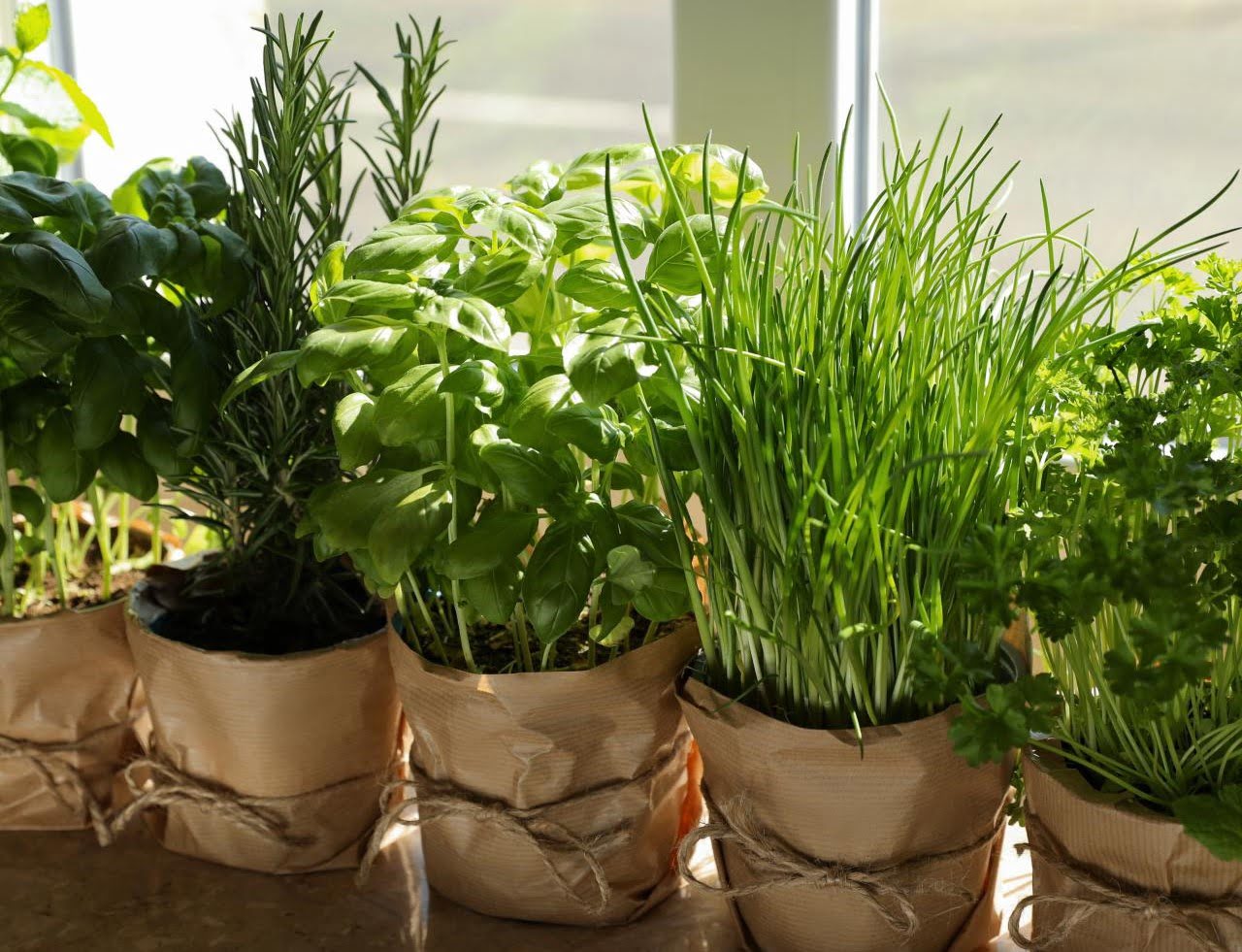
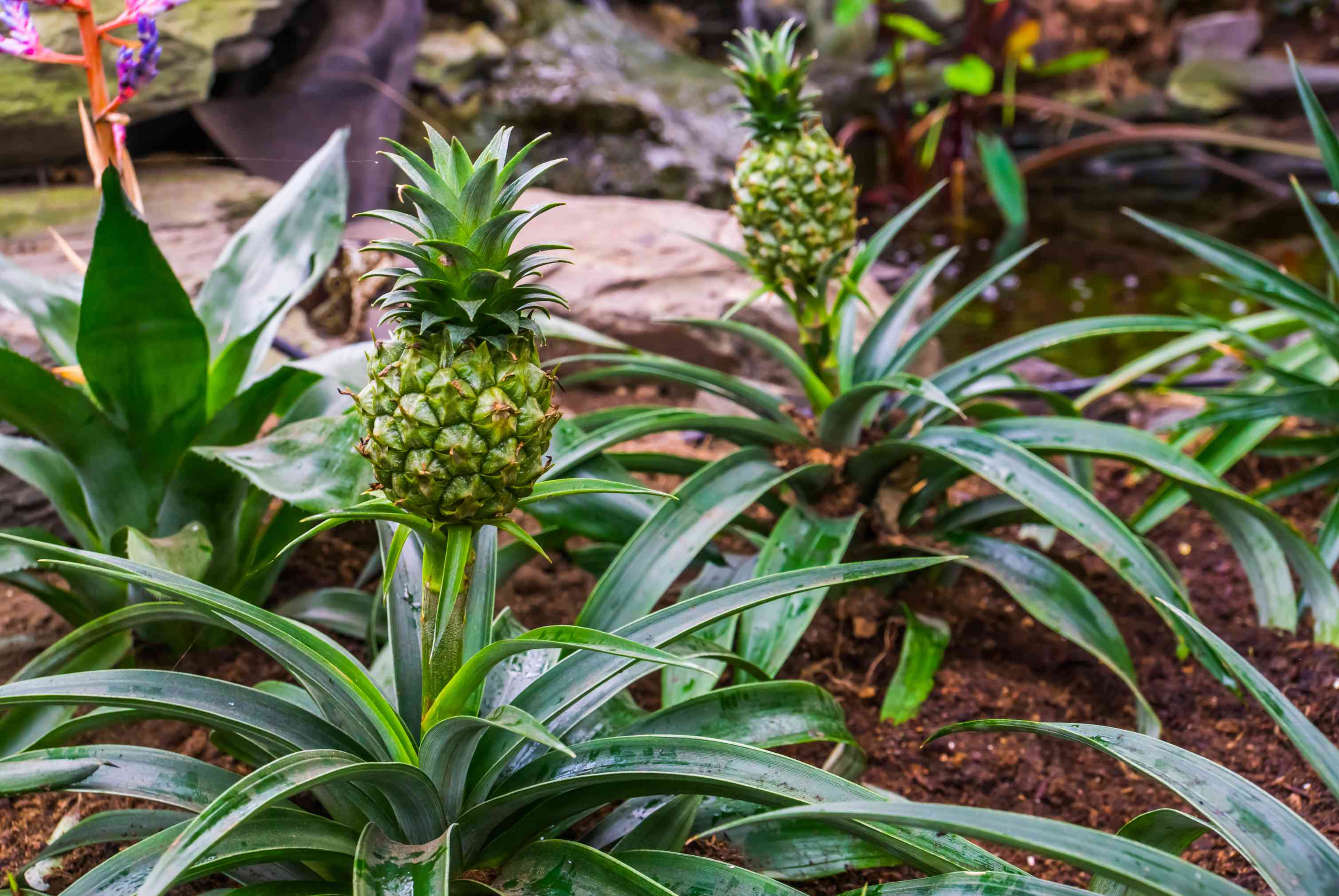
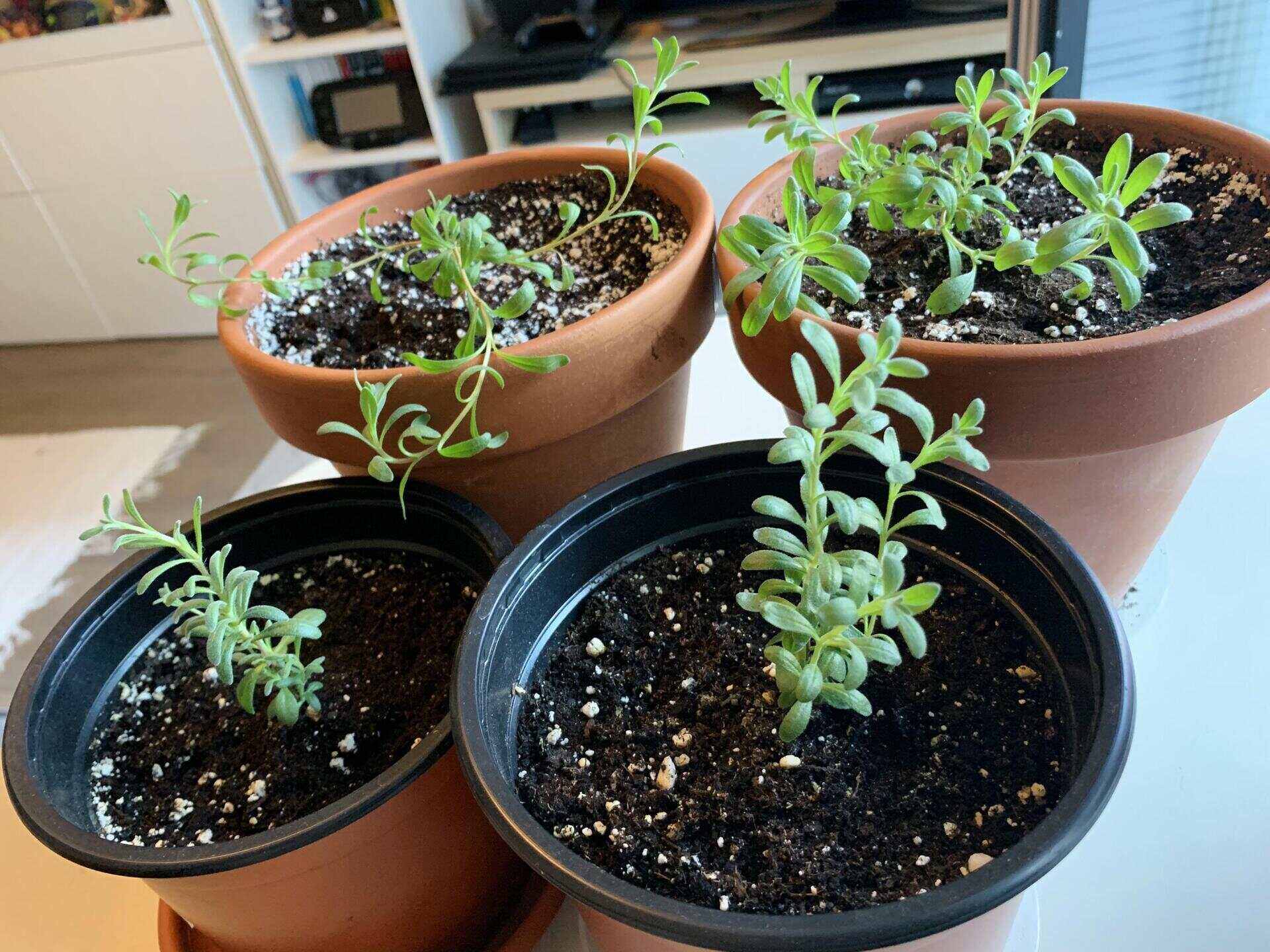
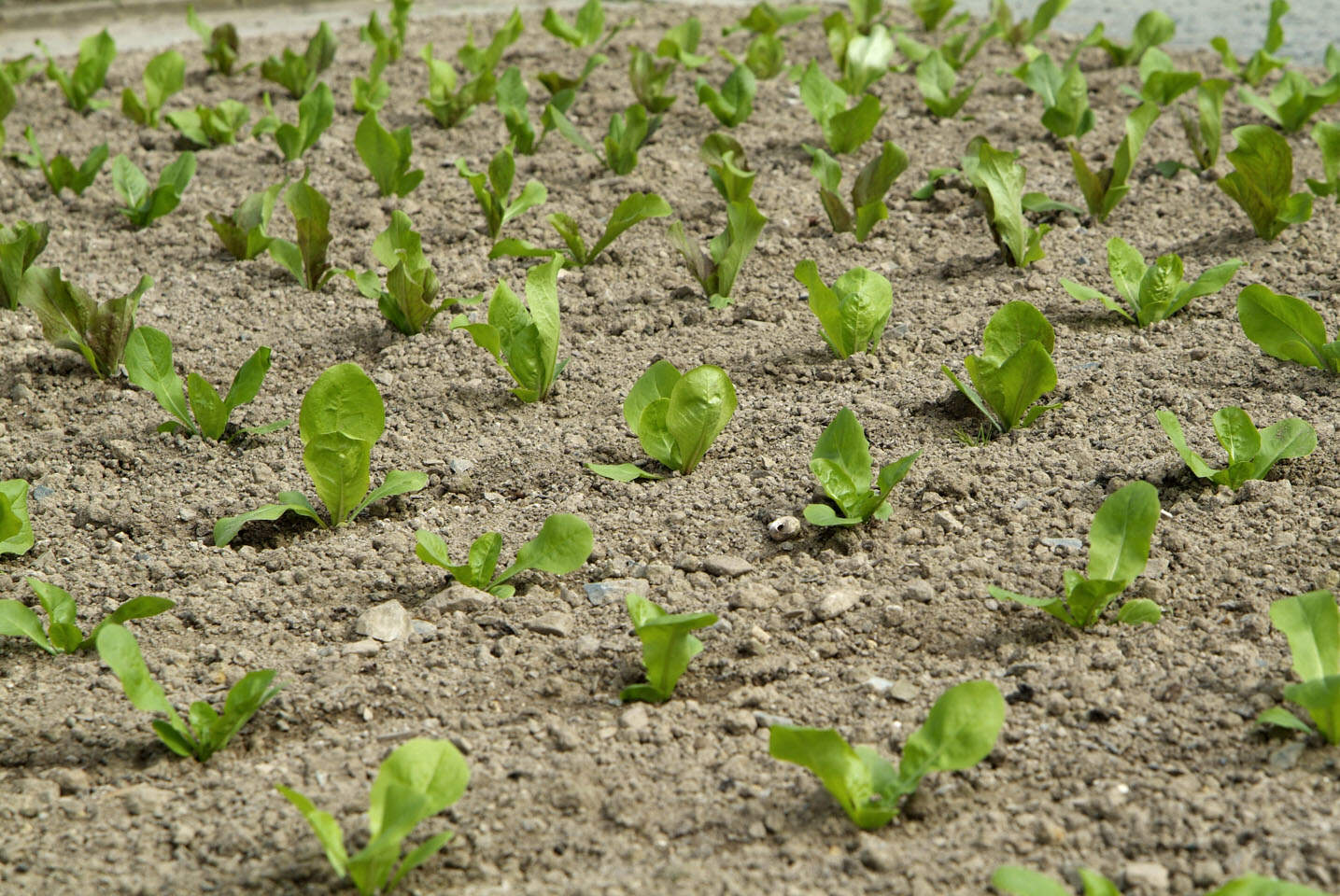
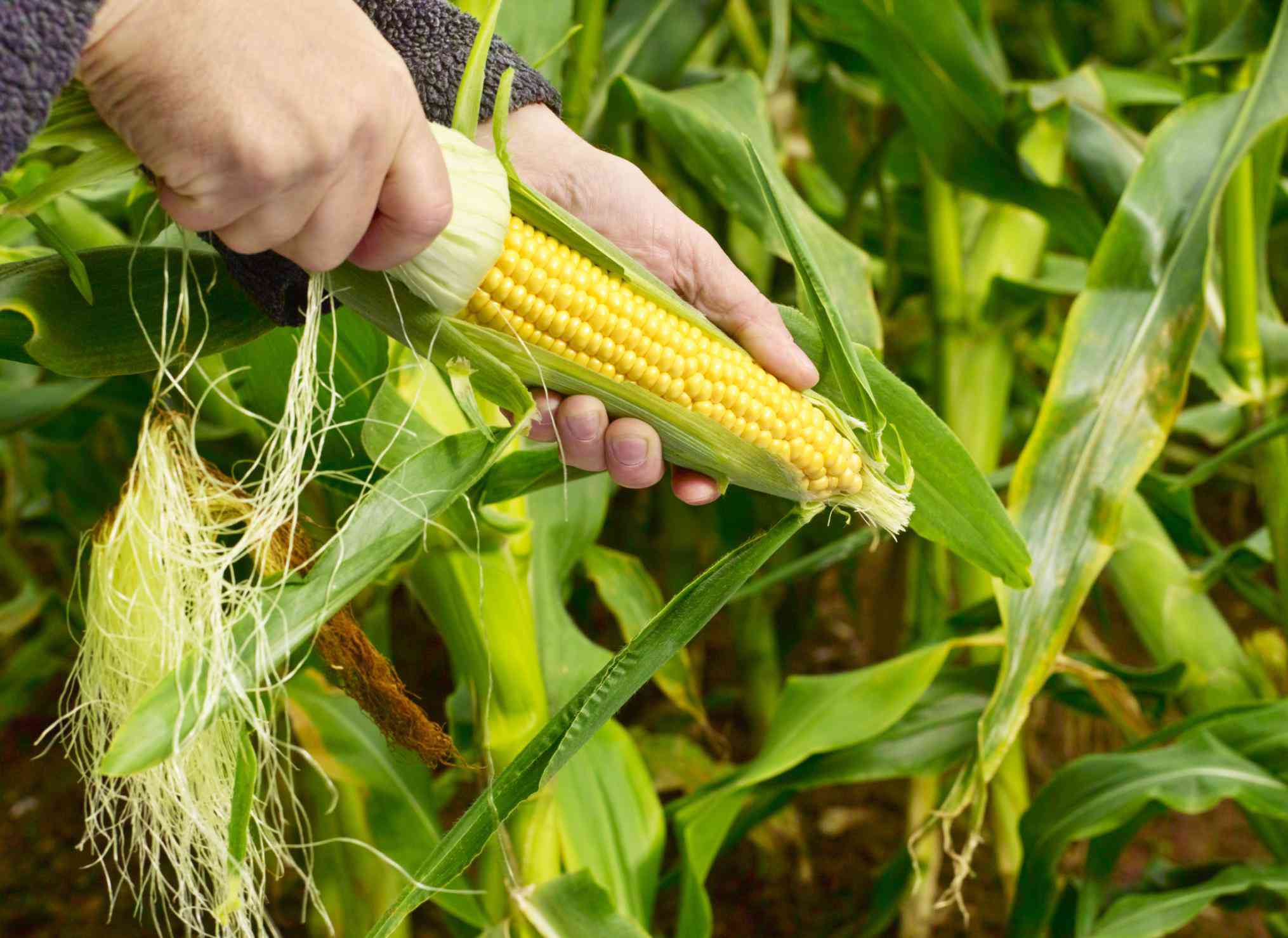
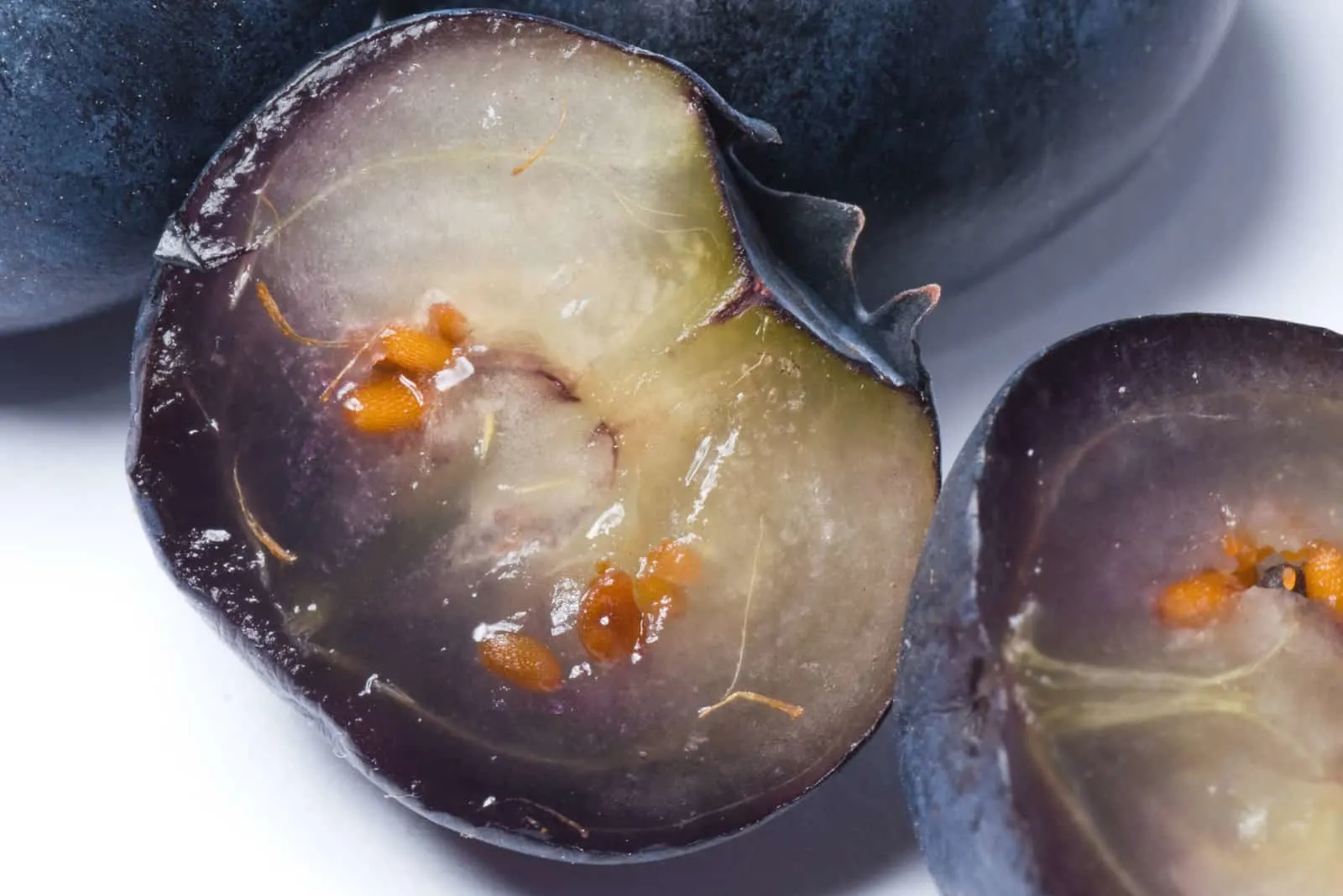
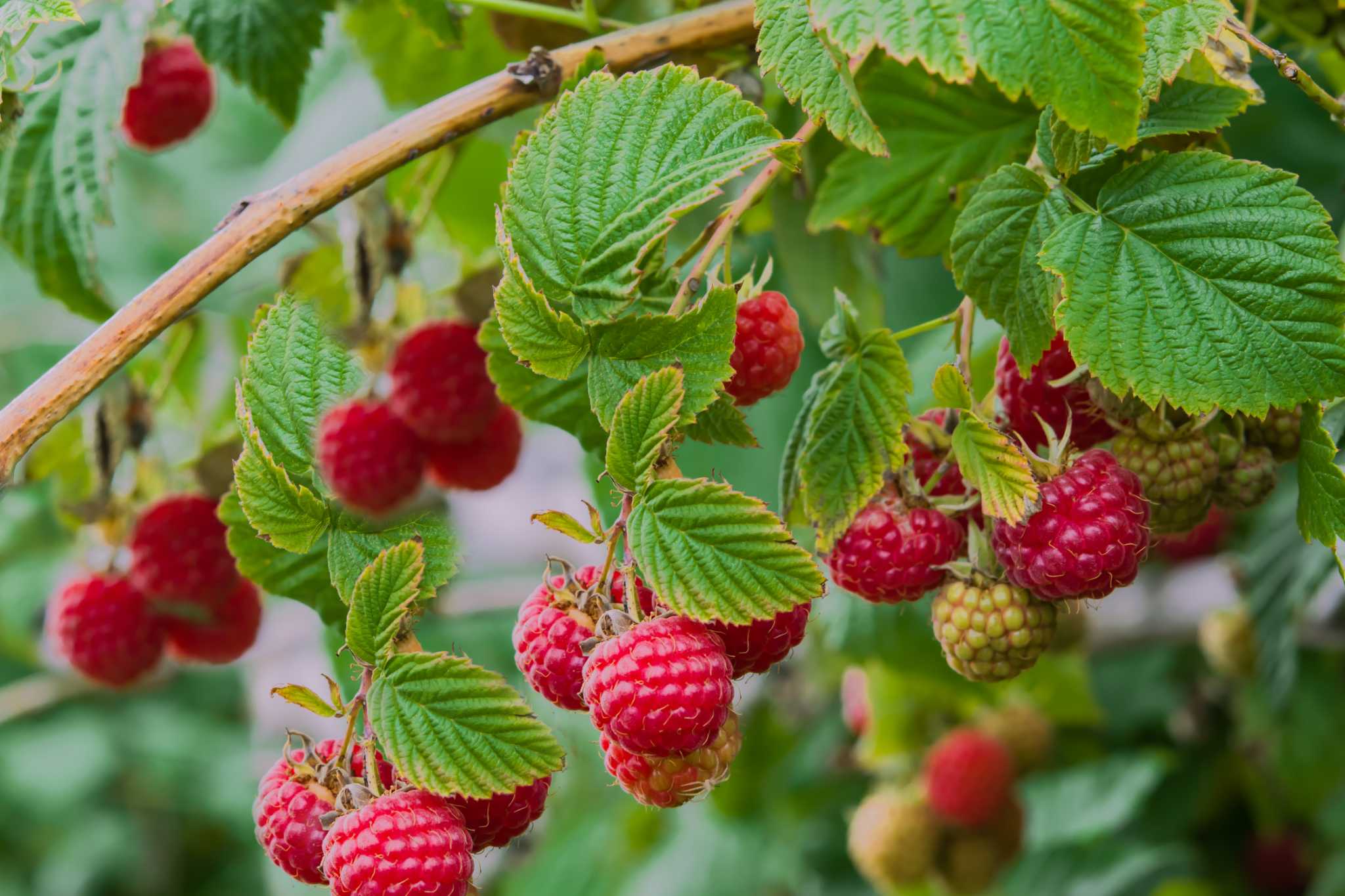
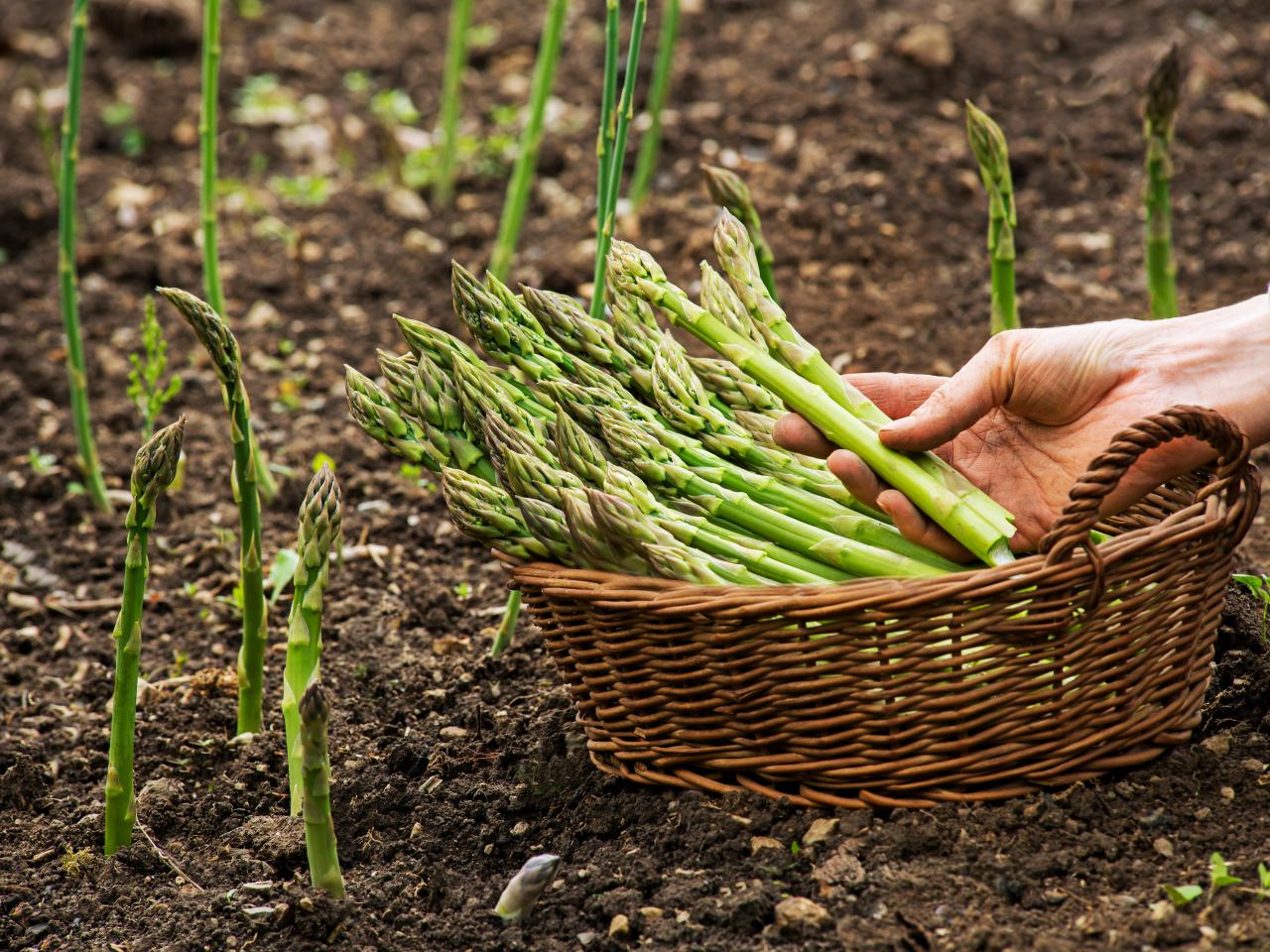
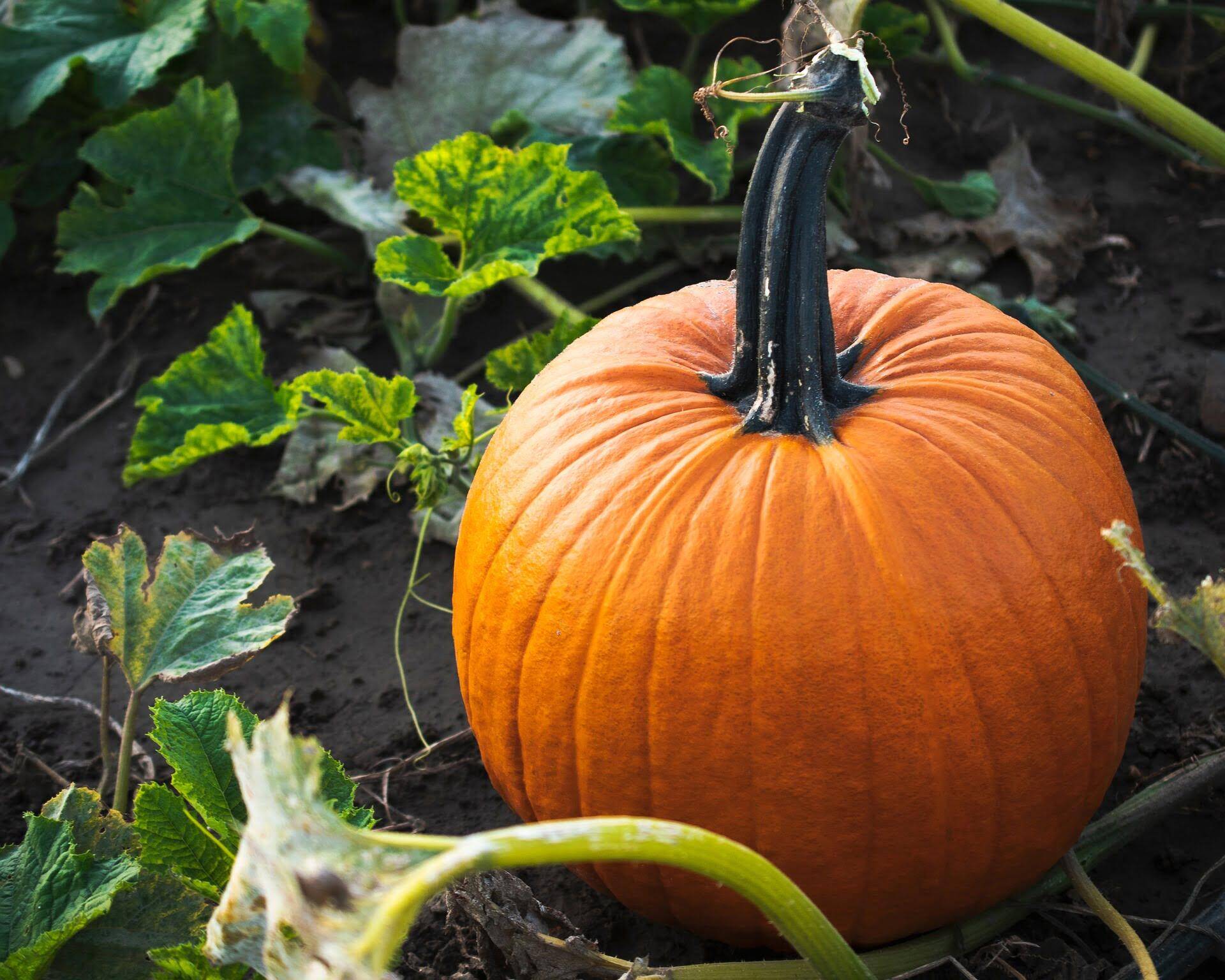
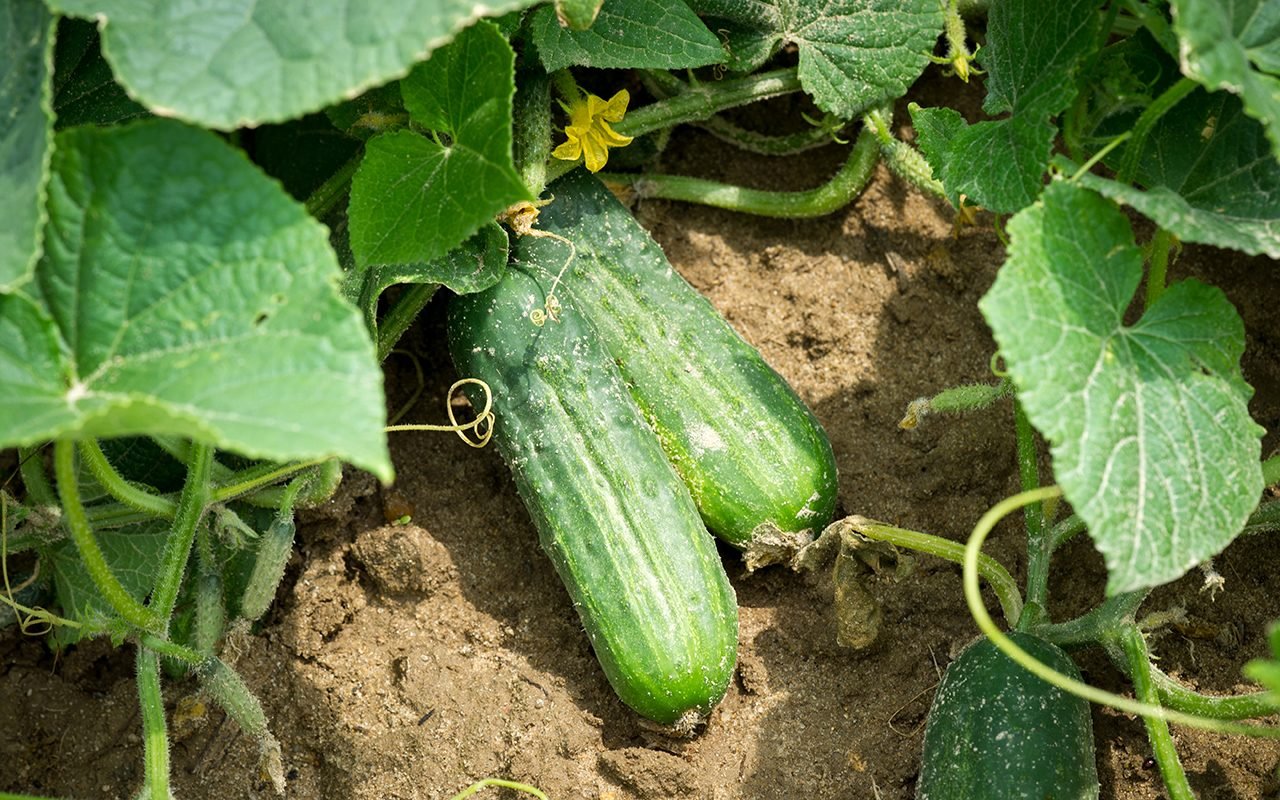
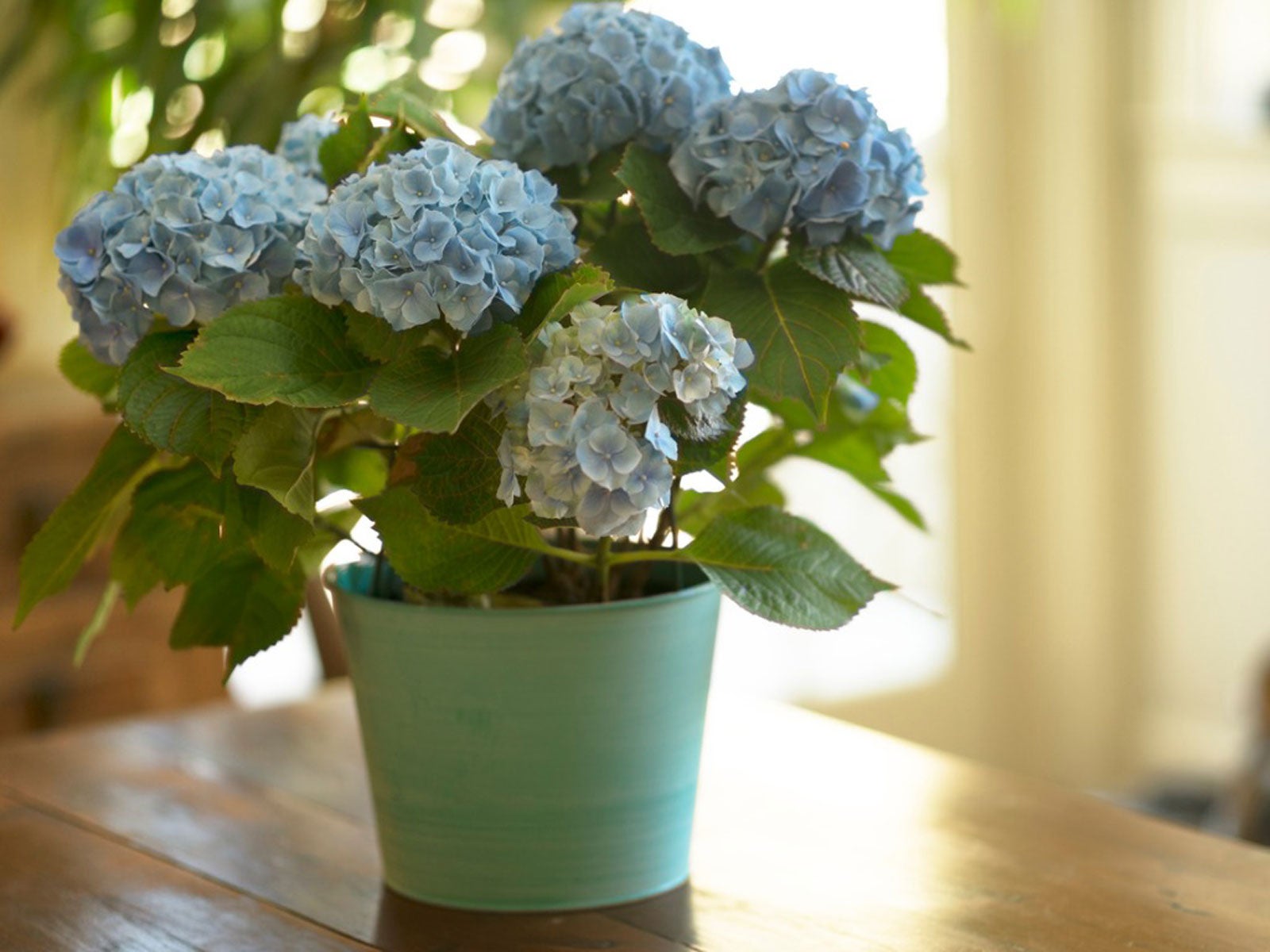
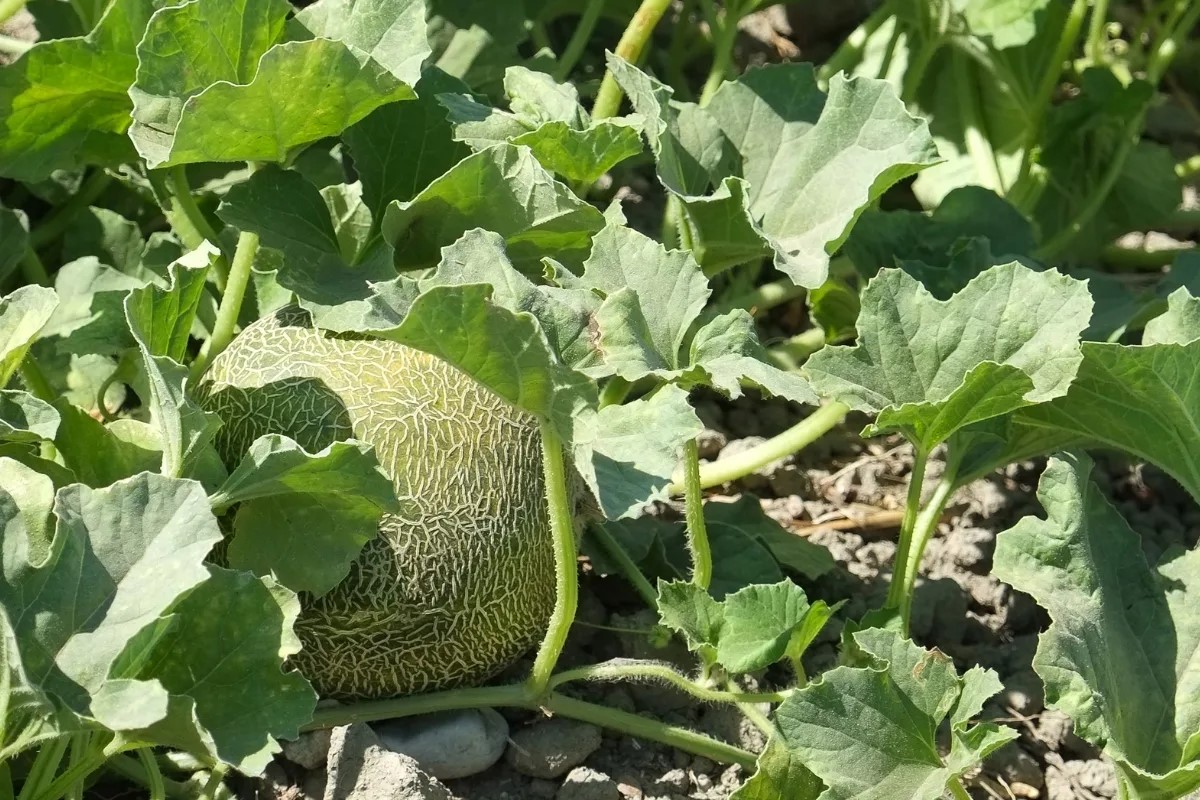
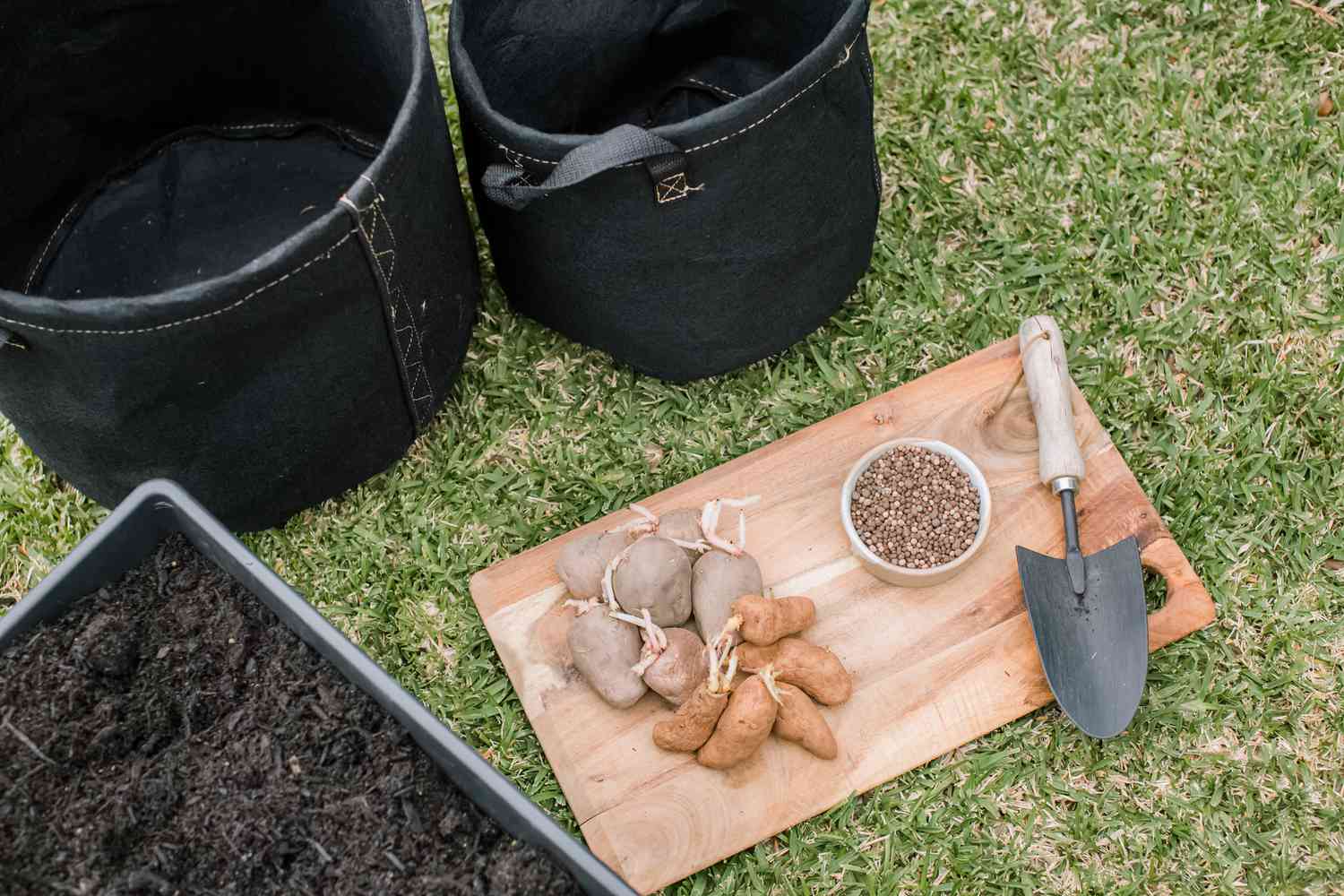
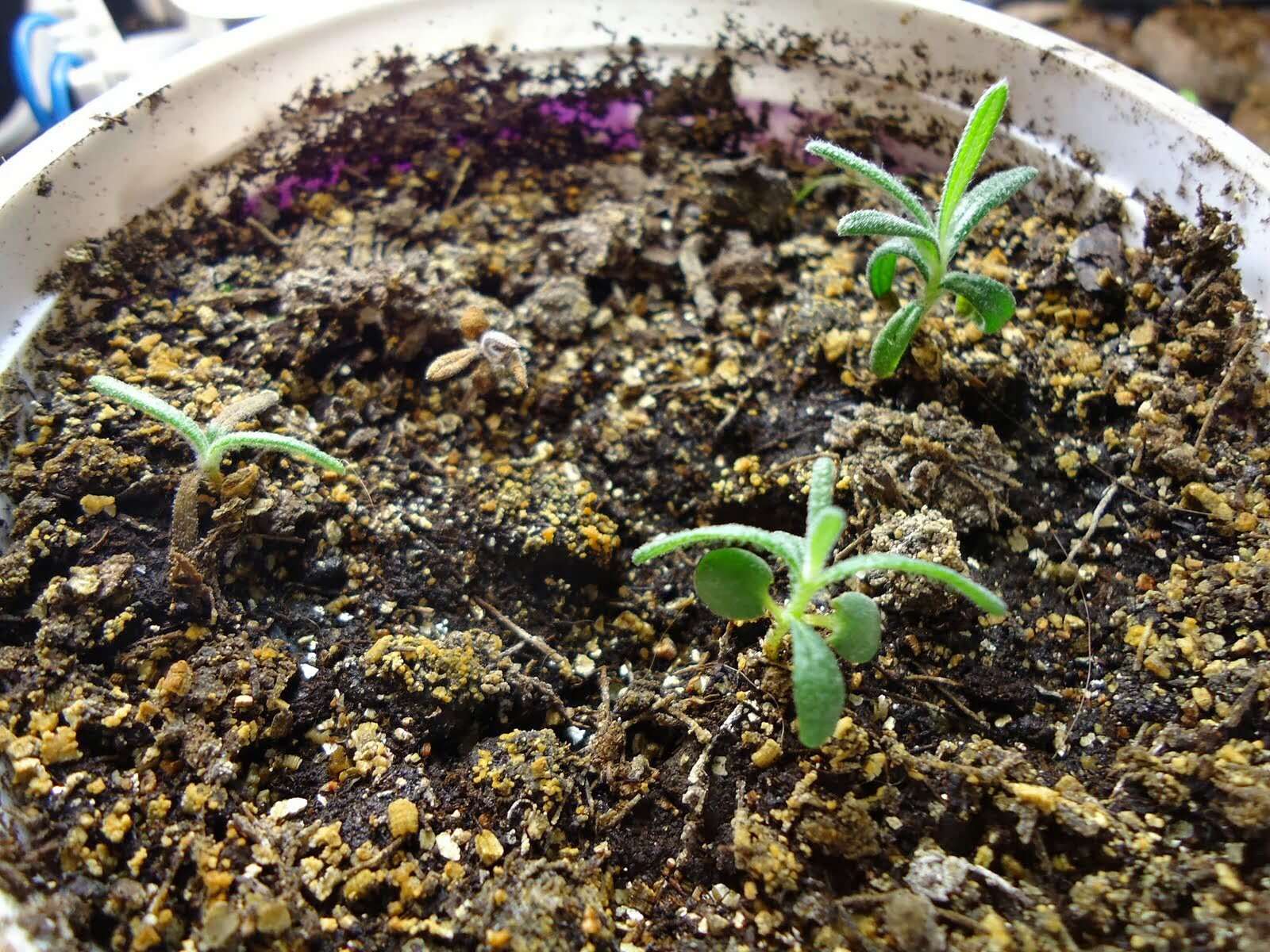

0 thoughts on “How Long To Grow Blueberries From Seed”